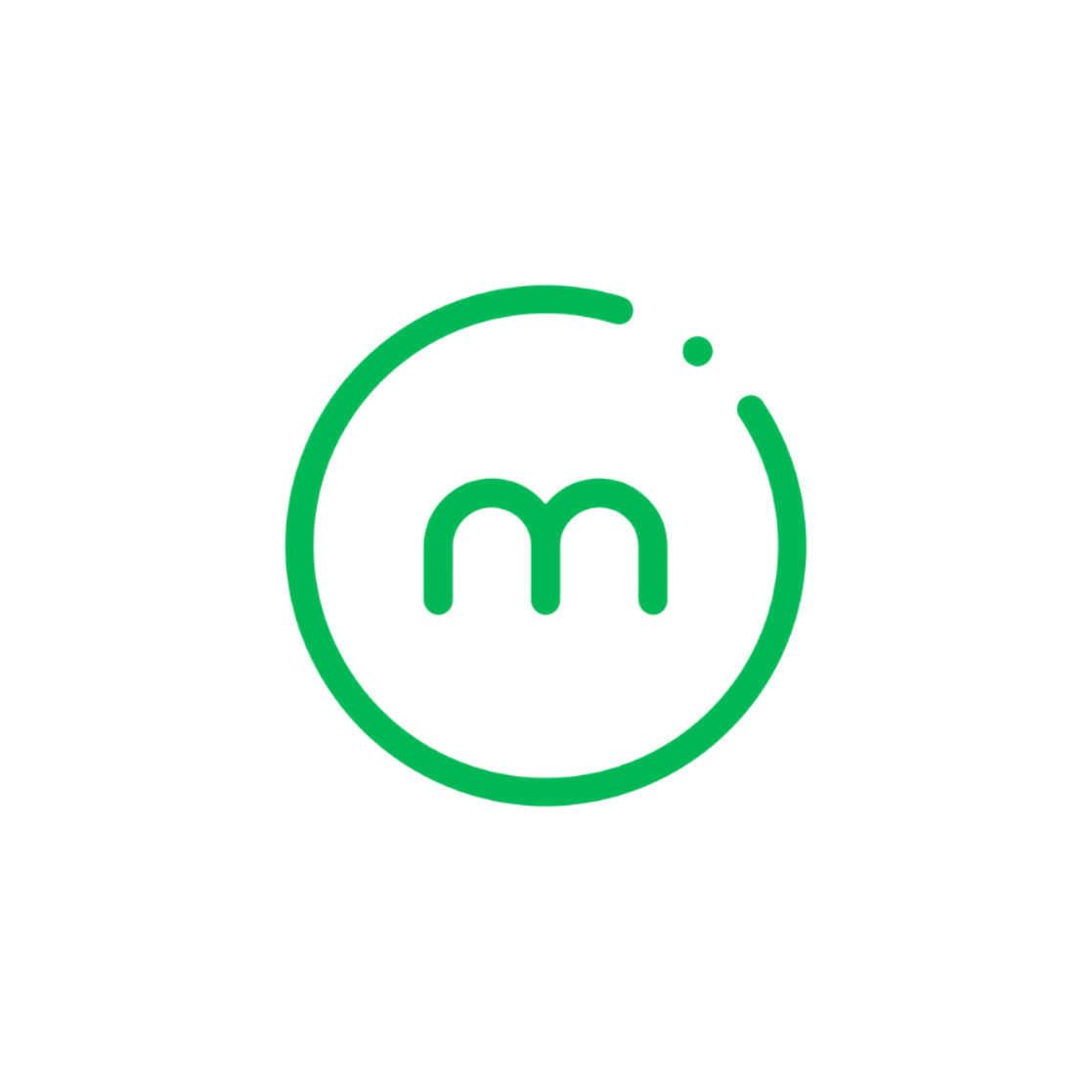In today’s competitive business environment, organisations rely heavily on their IT infrastructure to keep operations running smoothly. But when things go wrong – and inevitably, they do – having the right support in place can make all the difference. That’s where maintenance contracts come in.
Whether it’s network equipment, servers, software, or cybersecurity systems, a maintenance contract ensures ongoing support, timely repairs, and peace of mind. But are you getting the value you deserve? And could your current contract be costing more than it’s worth?
What Is a Maintenance Contract?
A maintenance contract is a service agreement between your organisation and a provider, covering the upkeep and support of hardware or software over a defined period. Contracts may include:
- Scheduled maintenance and updates
- Emergency support or break-fix services
- Hardware replacement
- Software patching
- Remote monitoring and management
The Hidden Costs of Auto-Renewals
Many organisations fall into the trap of auto-renewing contracts without reviewing their actual performance or value. While it might seem convenient, this can lead to:
- Overpaying for outdated support models
- Poor service quality due to lack of accountability
- Misaligned SLAs that no longer reflect your business needs
- Inflexible terms that stifle scalability or innovation
Why You Should Shop Around
Taking the time to review and compare maintenance providers can uncover significant benefits:
- Cost Efficiency
Different vendors offer varying pricing structures. By shopping around, you may discover more competitive rates or flexible payment models that align better with your budget.
- Tailored Support
Your business is unique – your support contract should be too. Look for providers who understand your environment and can customise the agreement to your specific risk tolerance, uptime requirements, and critical systems.
- Better SLAs and Response Times
Ensure the provider’s service-level agreements (SLAs) actually support your operational priorities. Faster response times, dedicated account management, and proactive monitoring are all features worth negotiating.
- Vendor-Neutral Advice
Independent service providers are often more agile and objective than OEMs (Original Equipment Manufacturers). They may support multi-vendor environments more effectively and suggest smarter solutions – not just upsell new hardware.
- Innovation and Insight
Modern maintenance providers often bundle in strategic value, such as reporting dashboards, performance analytics, or technology roadmaps. This added insight helps you make more informed IT decisions.
Signs It’s Time to Review Your Maintenance Contracts
- You’re unsure when your current contracts are due to expire
- The support you receive feels slow or unresponsive
- You’re still paying to support legacy systems that are no longer business-critical
- You’ve recently undergone digital transformation or changed your infrastructure setup
- Your current provider isn’t proactive in suggesting improvements
Final Thoughts
Maintenance contracts shouldn’t be a “set and forget” decision. They play a vital role in operational resilience, but only if they evolve alongside your business. By taking the time to assess your current arrangements and explore other providers, you can unlock better value, improved service, and stronger support for your future growth.
At Moksha Data, we help organisations review and optimise their IT support contracts to ensure they’re fit for purpose – now and into the future.
Get in touch to explore how your maintenance strategy could be working harder for your business.
Download Checklist
Get Our Maintenance Contract Health Check
Sign up with your email and recieve a link to download now!


